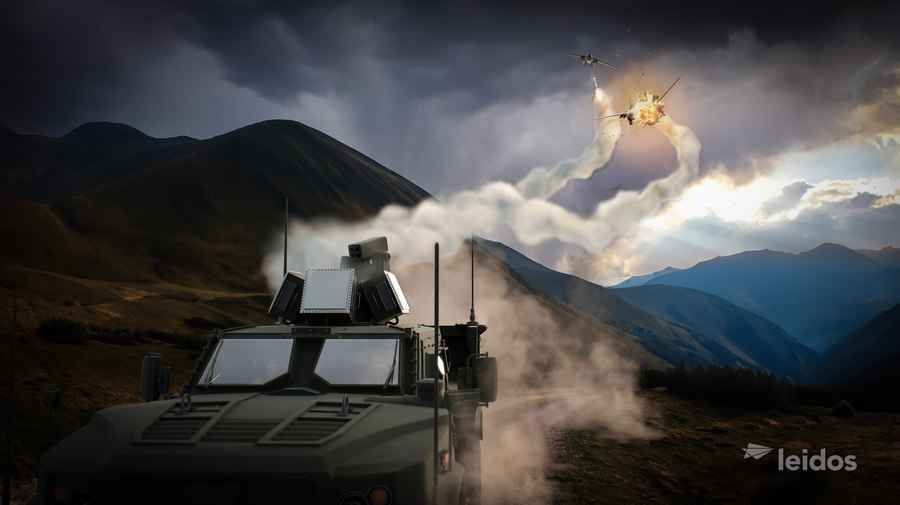Anduril Industries is one of a new crop of cashed-up defence technology companies - most…

NRFC makes $10 million investment in aerospace startup Hypersonix Launch Systems
The National Reconstruction Fund Corporation (NRFC) will make its first defence sector investment spending $10 million to acquire an equity stake in Brisbane-based Hypersonix Launch Systems (HLS). It is part of a consortium, alongside the Queensland Investment Corporation (QIC), SaaB and RKKVC, backing a $46 million Series A funding round for Hypersonix which will help the company test, develop, and manufacture its next-generation hypersonic aircraft.
Hypersonix’s first hypersonic test flights will take place at NASA’s Wallops Island facility on the Atlantic coast of the USA early next year. The company also has a partnership in place with Kratos Defence & Security Solutions.
Founded in 2019, Hypersonix is a global leader in hypersonic technology, and its DART vehicle is a hydrogen powered, air-breathing, scramjet-powered aircraft that travels between Mach 5-7. The company’s long-term goal is to build and commercialise its scramjet-propelled multi-generational vehicles for dual use applications, culminating in low earth orbit travel.
The Series A funding will help pay for the NASA-backed test flight of DART AE – a 3.5-metre-long, single-use hypersonic test vehicle powered by Hypersonix’s proprietary SPARTAN scramjet engine. DART AE will fly under the US Department of Defense’s HyCAT program, delivered by the Defense Innovation Unit (DIU).
The DIU is the only US defence organisation solely focused on accelerating the adoption of disruptive commercial technologies by the military.
Hypersonix is developing a new class of sustainable, high-performance flight systems uniquely fuelled by hydrogen which burns cleanly while allowing for significantly faster and longer sustained flights
The company’s SPARTAN scramjet engine is 3D-printed, reusable and capable of reaching Mach 12 with no moving parts, Hypersonix says. Unlike conventional scramjets powered by kerosene, SPARTAN produces zero CO₂ emissions and offers a reusable, low-maintenance solution for a range of high-speed defence and aerospace missions. The technology was developed by Dr Michael Smart, co-founder of Hypersonix, former Chair of Hypersonic Propulsion at the University of Queensland and a former NASA research scientist.
“SPARTAN is more than a propulsion system. It’s a breakthrough in reusable hypersonic flight. What we’re building is a sovereign platform that’s clean, cost-effective, and engineered for the real world,” said Dr Smart.
“Hypersonix was founded on the belief that Australia could lead the world in sustainable hypersonic flight,” said co-founder David Waterhouse, who added that the capital raise was a defining moment for Australia’s aerospace ambitions. “This raise validates that vision.”
CEO Matt Hill said the funding would accelerate Hypersonix’s mission to deliver operationally useful platforms that align with both national and allied priorities.
“This raise marks a major milestone as we prepare to launch the world’s first hydrogen-powered hypersonic aircraft,” he added. “Having Australia’s sovereign investor in manufacturing capability behind such a critical strategic capability sends a powerful message. It shows real confidence in our mission and highlights the importance of building clean, reusable aerospace systems that meet today’s national security needs while shaping tomorrow’s industry.”
Proceeds from the raise will contribute the establishment of advanced manufacturing capabilities in Queensland and also fast-track development of Hypersonix’s second platform: VISR (Velos Intelligence, Surveillance and Reconnaissance) – an 8-metre-long, fully reusable, hydrogen-fuelled hypersonic aircraft for ISR missions, rapid delivery, and space system testing. VISR will use four SPARTAN engines and advanced ceramic matrix composites to withstand the extreme thermal demands of sustained hypersonic flight.
Hypersonix’s future product roadmap also includes DELTA VELOS, a reusable 16m aircraft that flies at Mach 5-12 and can be used for satellite launches and low earth orbit supply runs.
The company is also home to HYPERTWIN X, a virtual hypersonic design, testing, and simulation environment that draws on data from over 6,000 shock tunnel experiments conducted at the University of Queensland. HYPERTWIN X will be further enhanced by insights from upcoming high-cadence flight tests.
The NRFC’s CEO David Gall said defence is one of the NRFC’s priority areas: “We see huge potential in backing Australian companies and innovations that build our sovereign capability while also tapping into the global market for hypersonic and counter hypersonic capabilities among our friends and allies.”
QIC Ventures Partner Nicholas Guest said Hypersonix represents a rare opportunity to back a local company at the forefront of globally significant hypersonic technology.



